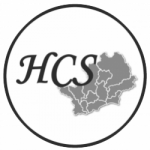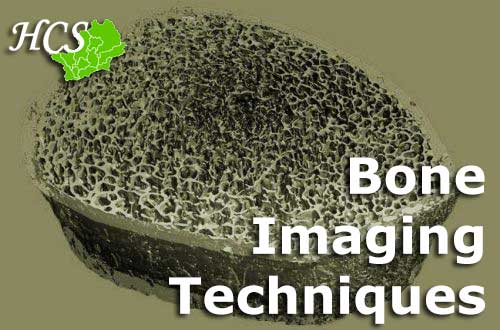Bone Imaging Techniques
Our researchers in Southampton have teamed up with Dr Kate Ward at the MRC Elsie Widdowson Laboratory in Cambridge to use novel scanning technology. This enables us to look more closely at the structure of bones in the HCS.
There are three types of scan we have performed in the HCS. The first, Dual X-ray Absorptiometry (DXA) allows us to look at bone thickness and to measure the proportions of bone, fat and muscle in the whole body. The second is peripheral Quantitative Computed Tomography (pQCT) which is a specialised, research scan. The images from this type of scan allow us to look more closely at bone, muscle and fat in arms and legs. The cousin of the pQCT is the high-resolution pQCT (HRpQCT). This scan provides such high quality images, that we can create a 3D model of the bone structure. It is so accurate that it has been called ‘a virtual bone biopsy’, meaning that we can tell as much about the structure of the bone from our scan, as you would be able to from looking at a sample of bone under a microscope.
We used the latter scanner, HRpQCT, to investigate the risk of fracturing in about 300 members of the 1930’s Hertfordshire birth cohort. We found that fractures can occur due to weakness of the cortex (outer shell of the bone) in some people, but can occur due to weakness of the trabeculae (core of bone) in others. Understanding that bones fracture due to weakness in different areas may mean that, in the future, we might be able to target different therapies to prevent fractures for different people depending on where the weakness is in their bones.
In another study we used DXA to analyse fat mass and lean (muscle) mass in a group of about 300 participants. We also used HRpQCT to study the internal structure of their bones. We found that higher fat mass was related to greater number and density of trabeculae (honey-comb structures within bone), whilst higher lean mass was related to increased area and thickness of the bone cortex (outer casing of bone). Our findings suggest that the proportions of fat and muscle tissues which make up our bodies can have effects on different parts of bone.
Reference List
- Edwards, M.H., Robinson, D.E., Ward, K.A., Javaid, M.K., Walker-Bone, K., Cooper, C. and Dennison, E.M. (2016) Cluster analysis of bone microarchitecture from high resolution peripheral quantitative computed tomography demonstrates two separate phenotypes associated with high fracture risk in men and women. Bone, 88, 131-137.
- Edwards, M.H., Ward, K.A., Ntani, G., Parsons, C., Thompson, J., Sayer, A.A., Dennison, E.M. and Cooper, C. (2015) Lean mass and fat mass have differing associations with bone microarchitecture assessed by high resolution peripheral quantitative computed tomography in men and women from the Hertfordshire Cohort Study. Bone, 81, 145-151.

